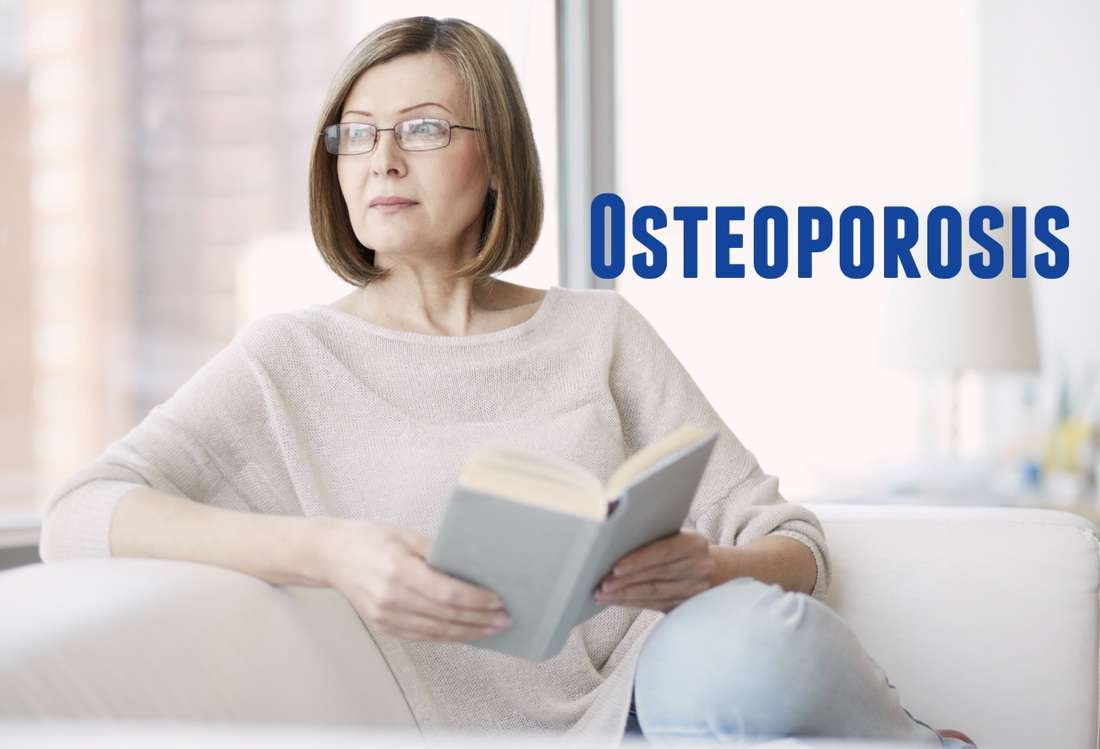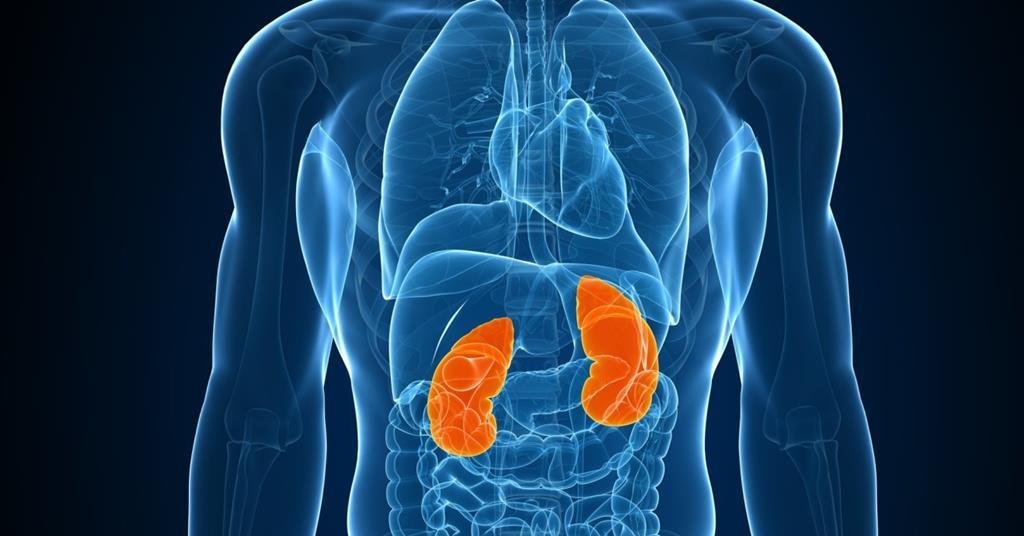What is Osteoporosis?

Osteoporosis is a bone disease that occurs when the body loses too much bone, makes too little bone, or both. As a result, bones become weak and may break from a fall or, in serious cases, from sneezing, coughing, or minor bumps. The spine, hips, ribs, and wrists are common areas of bone fractures from osteoporosis although osteoporosis-related fractures can occur in almost any skeletal bone. Osteoporosis is not usually painful until a bone is broken, but broken bones in the spine are a common cause of long-term pain.
Bone is living tissue that is constantly being broken down and replaced. Osteoporosis occurs when the creation of new bone doesn’t keep up with the loss of old bone. Osteoporosis affects men and women of all races. But white and Asian women especially older women who are past menopause are at the highest risk due to hormonal fluctuation. Medications, healthy diet, and weight-bearing exercise can help prevent bone loss or strengthen already weak bones. Normal bone is composed of minerals, salts, protein, calcium phosphate, collagen & all of which gives its strength & made a soft bones fibre network.
Today, no single cause for osteoporosis has been identified. A bone mineral density test is the best way to check your bone health. Therefore we also known as the name of Silent thief because You might not know you have it until you break a bone.
What are the Signs & Symptoms of Osteoporosis?

There typically are no symptoms in the early stages of bone loss. In most cases, people with osteoporosis don’t know they have the condition until they have a fracture.
you might have signs and symptoms that include:
- Back pain, caused by a fractured or collapsed vertebra
- Loss of height over time
- A bone that breaks much more easily than expected
- Receding gums
- Weakened grip strength
- Weak and brittle nails
- Unexpected or unidentified fracture.
- Loss of height (getting shorter by an inch or more).
- Change in posture (stooping or bending forward).
- Shortness of breath (smaller lung capacity due to compressed disks).
- Bone fractures.
- Pain in the lower back.
What causes Osteoporosis?

There are so many other health conditions or medical procedure that triggers risk of osteoporosis.If you have any of the following diseases or conditions, talk to your doctor or health care provider about what you can do to keep your bones healthy.
Autoimmune Disorder:
- Rheumatoid arthritis (RA)
- Lupus
- Multiple sclerosis
- Ankylosing spondylitis
Digestive and Gastrointestinal Disorders:
- Celiac disease
- Inflammatory bowel disease (IBD)
- Weight loss surgery
Medical Procedures:
- Gastrectomy
- Gastrointestinal bypass procedures
Cancer:
- Breast cancer
- Prostate cancer
Blood disorders:
- Leukemia and lymphoma
- Multiple myeloma
- Sickle cell disease
- Thalassemia
Nervous system disorders:
- Stroke
- Parkinson’s disease
- Multiple sclerosis (MS)
- Spinal cord injuries
Mental illness:
- Depression
- Eating disorders
Hormonal disorders:
- Diabetes
- Hyper para thyroidism
- Hyperthyroidism
- Cushing’s syndrome
- Thyrotoxicosis
- Irregular periods
- Premature menopause
- Low levels of testosterone and estrogen in men
Miscellaneous Diseases & Disorders:
- AIDS/HIV
- Chronic obstructive pulmonary disease (COPD), including emphysema
- Female athlete triad (includes loss of menstrual periods, an eating disorder and excessive exercise)
- Chronic kidney disease
- Liver disease, including biliary cirrhosis
- Organ transplants
- Polio and post-polio syndrome
- Poor diet, including malnutrition
- Scoliosis
- Weight loss
What are the Complications of patients of Osteoporosis?

Bone fractures, especially in the spine or hip, are the most serious complications of osteoporosis. Hip fractures often are caused by a fall and can result in disability and even an increased risk of death within the first year after the injury.
In some cases, spinal fractures can occur even if you haven’t fallen. The bones that make up your spine (vertebrae) can weaken to the point of crumpling, which can result in back pain, lost height, and a hunched forward posture.
Preventions

- Good nutrition and regular exercise are essential for keeping your bones healthy throughout your life.
- higher protein diets are actually associated with greater bone mass and fewer fractures when calcium intake is adequate.
- Being underweight increases the chance of bone loss and fractures. Excess weight is now known to increase the risk of fractures in your arm and wrist. As such, maintaining an appropriate body weight is good for bones just as it is for health in general.
- A calcium-rich diet (including dairy, nuts, leafy greens, and fish) helps to build and protect your bones. Calcium is a mineral that is necessary for life. In addition to building bones and keeping them healthy
- Vitamin D plays an important role in protecting your bones. Children need vitamin D to build strong bones, and adults need it to keep their bones strong and healthy.
- Exercise can help you build strong bones and slow bone loss. Exercise will benefit your bones no matter when you start, but you’ll gain the most benefits if you start exercising regularly when you’re young and continue to exercise throughout your life.
Conclusion

Osteoporosis is a condition that can have serious effects. It can lead to fractures, which can be painful, take a long time to heal, and lead to other complications. For instance, treatment for a hip fracture can include staying in bed for long periods, which raises your risk of blood clots, pneumonia, and other infections.
The good news is, there’s a lot you can do both to prevent and to treat osteoporosis, from eating right and exercising to taking appropriate medications. If you think you’re at risk of osteoporosis, or if you’ve been diagnosed with it, talk to your doctor. They can work with you to put together a prevention or treatment plan that can help improve your bone health and reduce your risk of complications.


